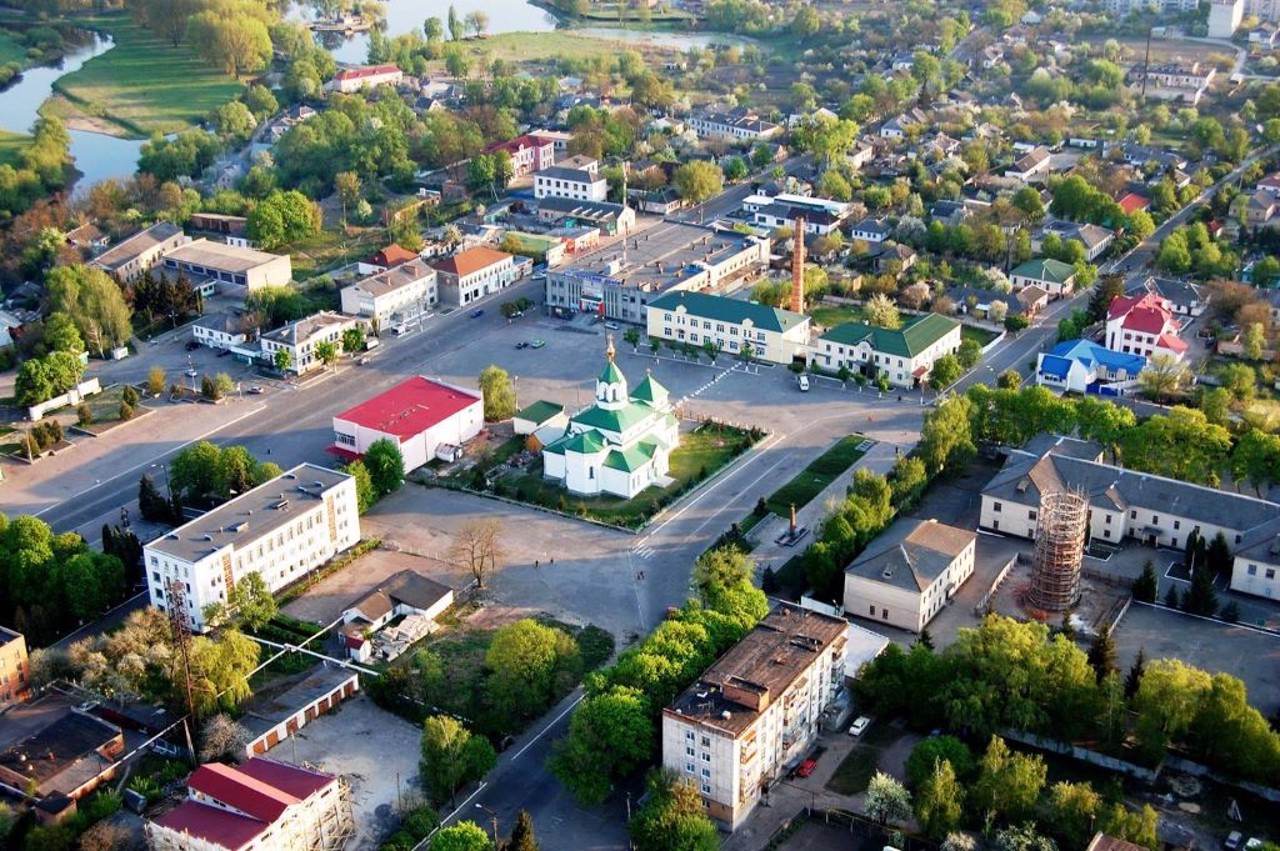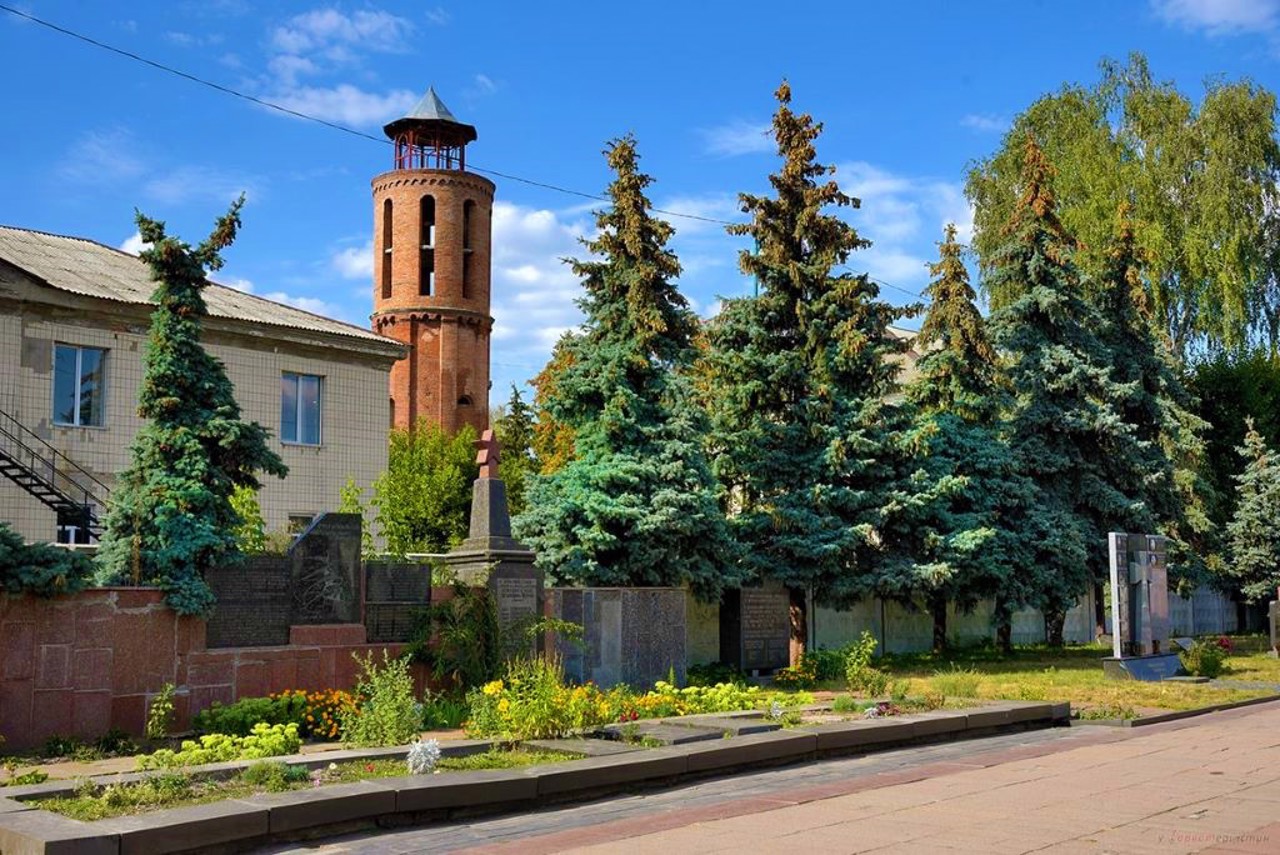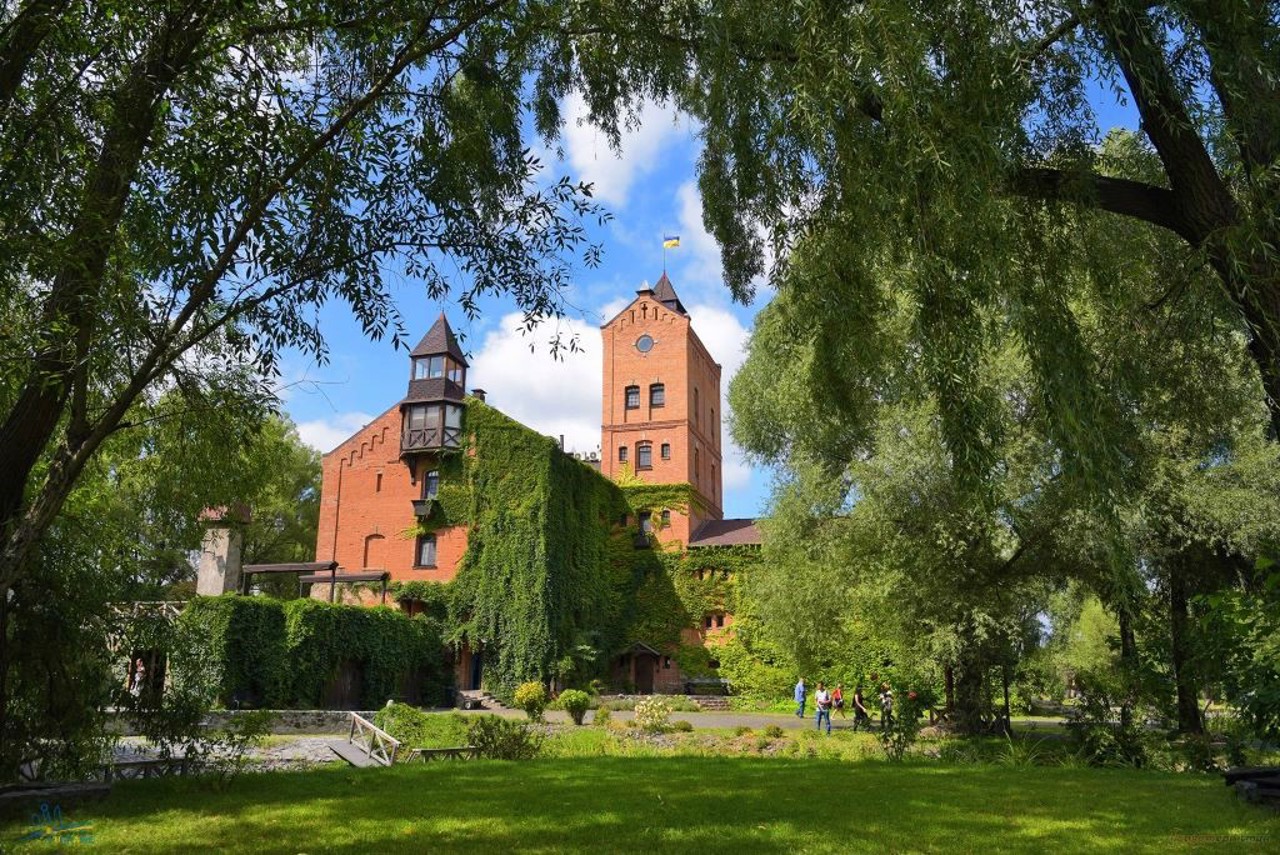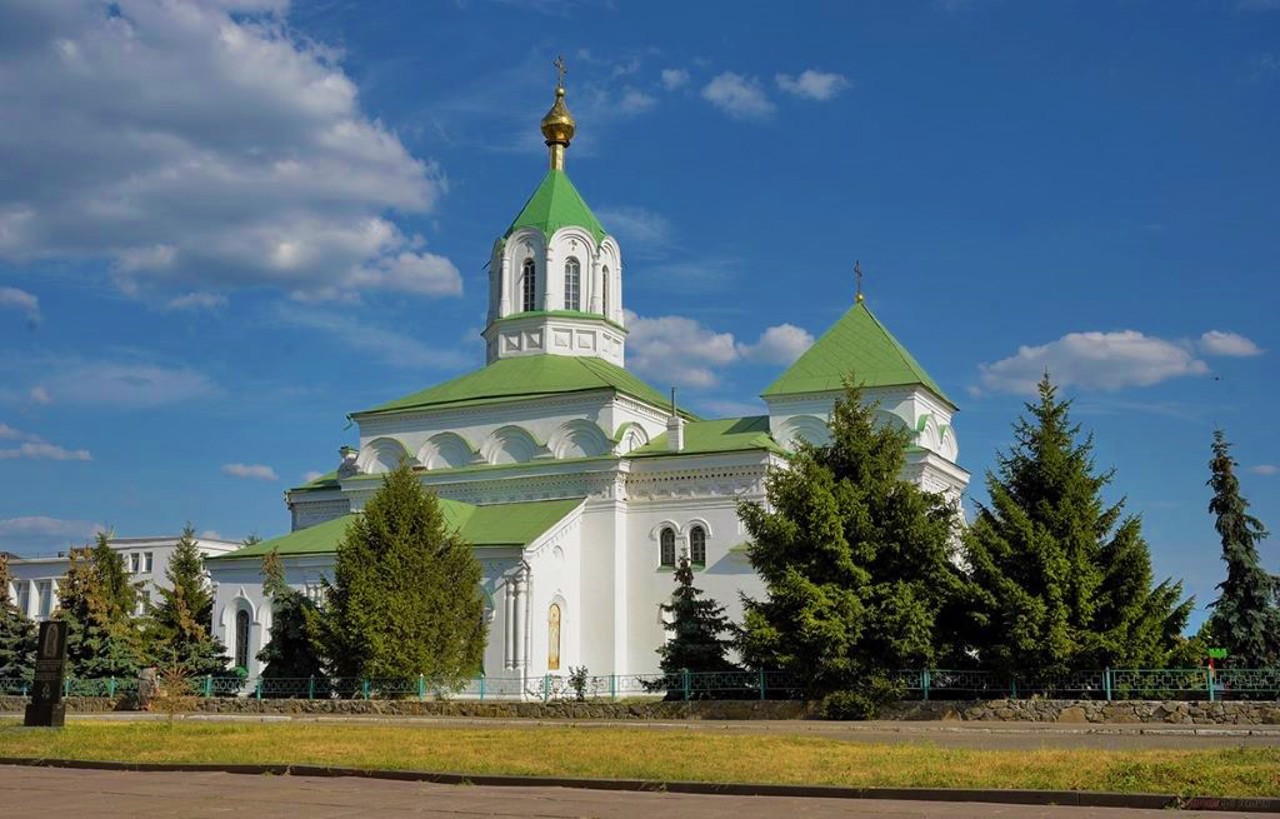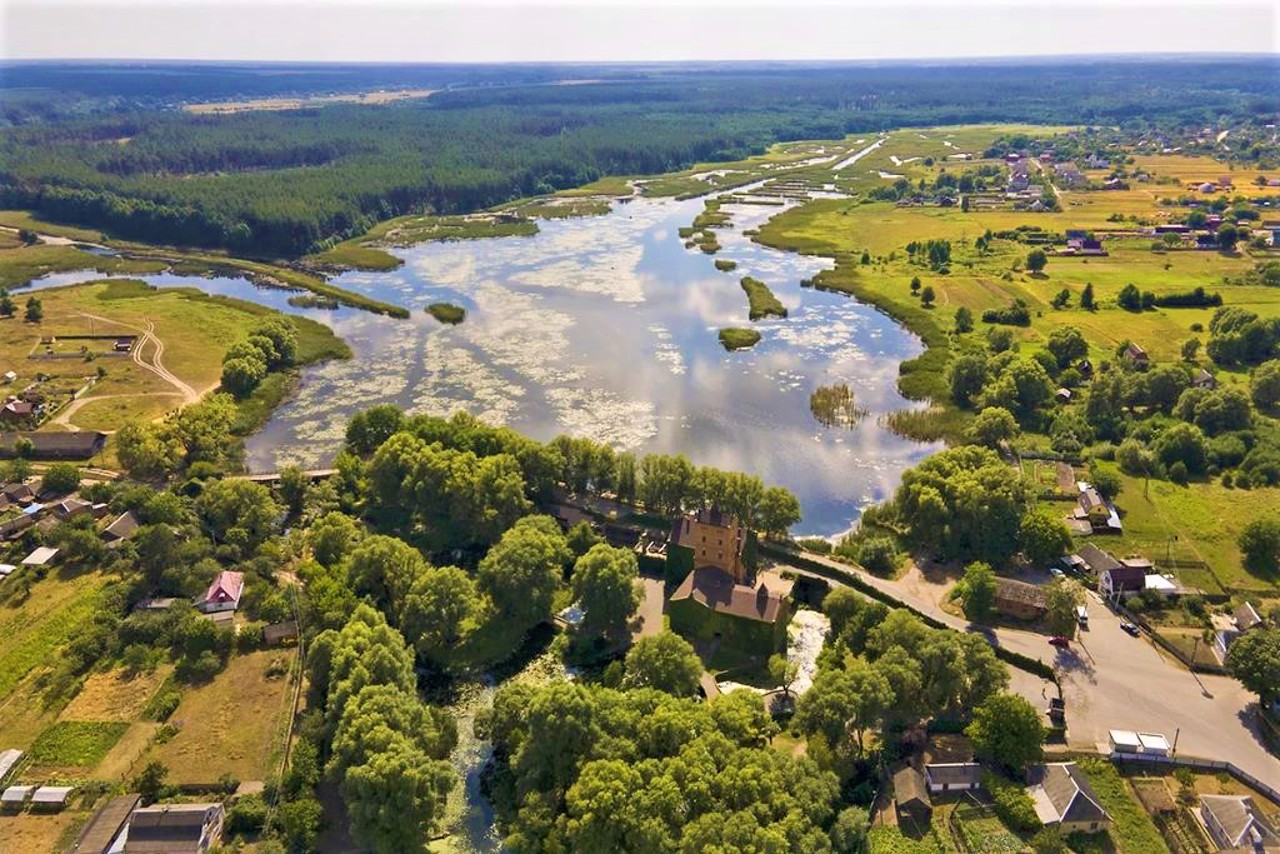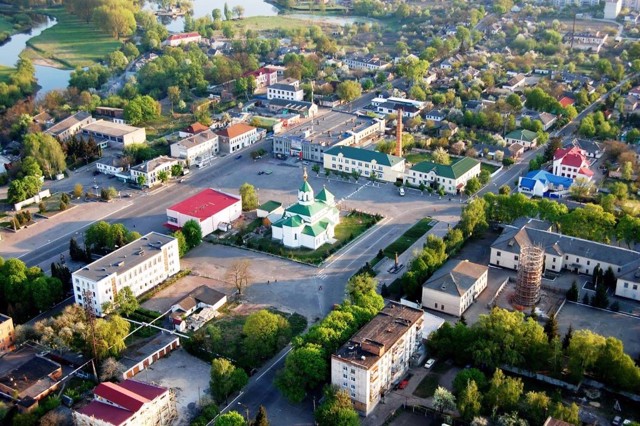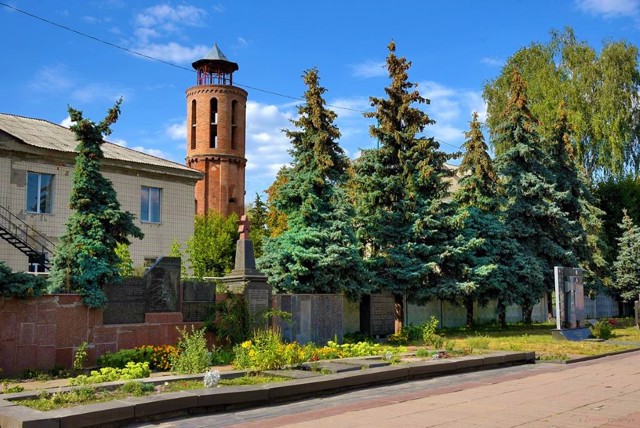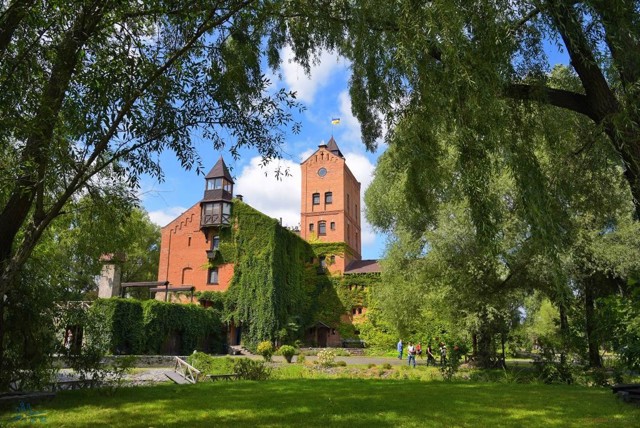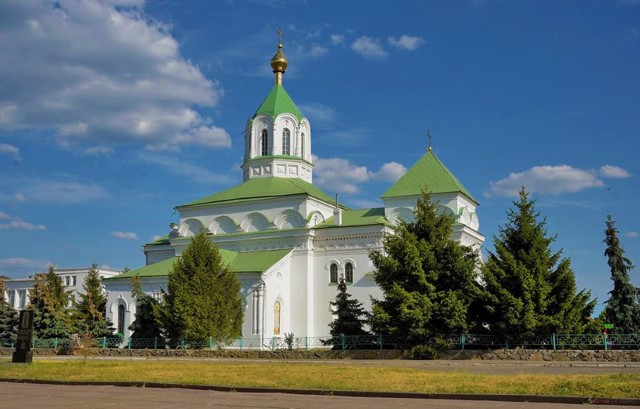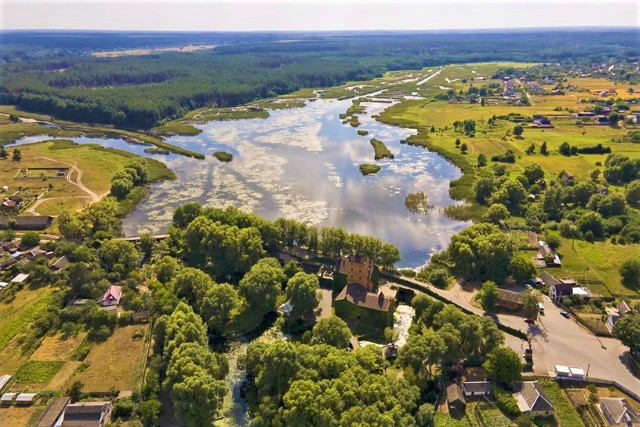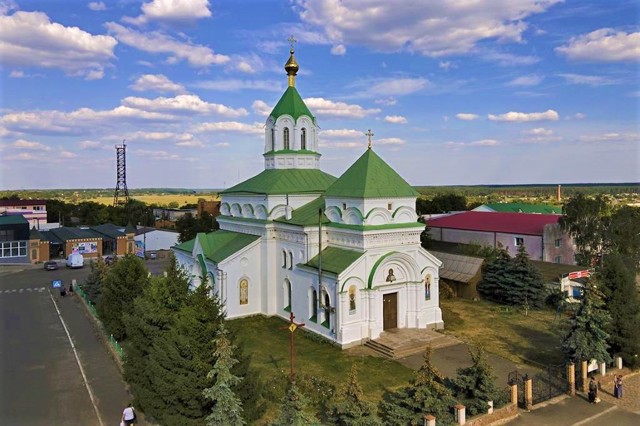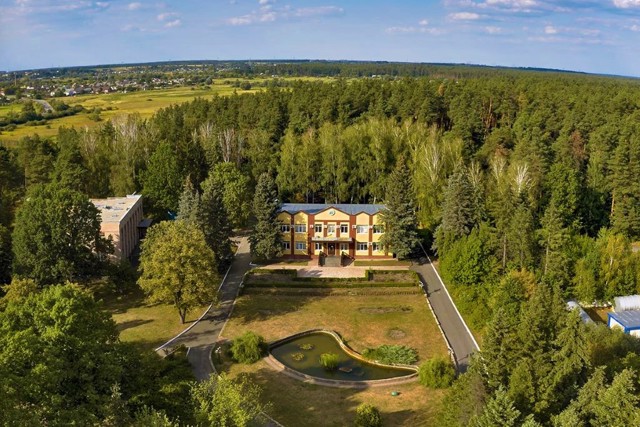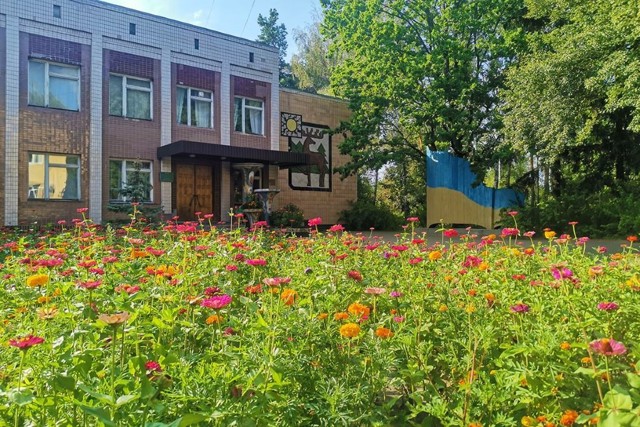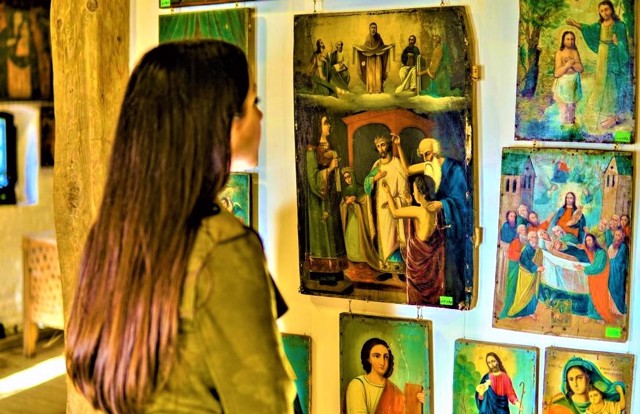Functional temporarily unavailable
General information about Radomyshl
The ancient Polissya city of Radomyshl is located on the banks of the Teteriv River and its tributary Myka, between Korostyshiv and Malyn.
It was first mentioned in 1150 as the ancient Rus fortified city of Mychesk or Mykhorod. After the Mongol-Tatar invasion, life in the settlement was revived in the 16th century on the other side of the Teteriv, and at the same time the city was named Radomysl (from "joyful thought", i.e. "good news", or from the ancient Rus name Radomysl). Since 1362, Radomyshl was part of the Lithuanian principality.
In the 16th century, the city became the property of the Kyiv-Pechersk Monastery. In 1606, Archimandrite Yelisey Pletenetsky opened a paper factory in Radomyshl to provide paper for the Lavra printing house.
The imp ...
The ancient Polissya city of Radomyshl is located on the banks of the Teteriv River and its tributary Myka, between Korostyshiv and Malyn.
It was first mentioned in 1150 as the ancient Rus fortified city of Mychesk or Mykhorod. After the Mongol-Tatar invasion, life in the settlement was revived in the 16th century on the other side of the Teteriv, and at the same time the city was named Radomysl (from "joyful thought", i.e. "good news", or from the ancient Rus name Radomysl). Since 1362, Radomyshl was part of the Lithuanian principality.
In the 16th century, the city became the property of the Kyiv-Pechersk Monastery. In 1606, Archimandrite Yelisey Pletenetsky opened a paper factory in Radomyshl to provide paper for the Lavra printing house.
The importance of the city has increased since 1746, when Andrey Sheptytsky chose it as the residence of the Greek Catholic metropolitans (the consistory now houses a school). In 1763, the Greek-Catholic Trinity Cathedral was built (not preserved).
After the third partition of Poland, Radomyshl became part of the Russian Empire, the Nicolas Church was built (1883). A Catholic church has also been preserved, in which the cultural center is now located.
The "Radomyshl" brewery, founded by entrepreneurs Albrechts, has been operating since 1885, and its products are now widely known in Ukraine.
The neglected water mill building on the site of the Lavra paper factory has been reconstructed as a historical and cultural object "Radomysl Castle".
The symbol of the city is the Radomyshl Tower, built in the 19th century as a water tower.
Древнє поліське місто Радомишль розташоване на берегах річки Тетерів та її притоки Мики, між Коростишевим і Малином.
Вперше згадується в 1150 році як давньоруське укріплене місто Мичеськ або Микгород. Після монголо-татарської навали життя в поселенні відродилася в XVI столітті на іншому березі Тетерева, і тоді ж місто отримало назву Радомисль (від "радісна думка", тобто "гарна новина", або від давньоруського імені Радомисль). З 1362 року Радомишль входив до складу Литовського князівства.
В XVI столітті місто перейшло у власність Києво-Печерського монастиря. В 1606 році архімандрит Єлісей Плетенецький відкрив в Радомишлі паперову фабрику для забезпечення папером лаврської друкарні.
Значення міста зросло з 1746 року, коли Андрей Шептицький обрав його ...
Древнє поліське місто Радомишль розташоване на берегах річки Тетерів та її притоки Мики, між Коростишевим і Малином.
Вперше згадується в 1150 році як давньоруське укріплене місто Мичеськ або Микгород. Після монголо-татарської навали життя в поселенні відродилася в XVI столітті на іншому березі Тетерева, і тоді ж місто отримало назву Радомисль (від "радісна думка", тобто "гарна новина", або від давньоруського імені Радомисль). З 1362 року Радомишль входив до складу Литовського князівства.
В XVI столітті місто перейшло у власність Києво-Печерського монастиря. В 1606 році архімандрит Єлісей Плетенецький відкрив в Радомишлі паперову фабрику для забезпечення папером лаврської друкарні.
Значення міста зросло з 1746 року, коли Андрей Шептицький обрав його резиденцією греко-католицьких митрополитів (в приміщенні консисторії зараз розміщується школа). В 1763 році побудовано греко-католицький Троїцький собор (не зберігся).
Після третього поділу Польщі Радомишль увійшов до складу Російської імперії, була побудована Миколаївська церква (1883 рік). Також зберігся католицький костел, в якому зараз розташовується будинок культури.
З 1885 року працює заснований підприємцями Альбрехтами пивзавод "Радомишль", продукція якого зараз широко відома в Україні.
Занедбаний будинок водяного млина на місці лаврської паперової фабрики реконструйовано під історико-культурний об'єкт "Замок Радомисль".
Символом міста вважається Радомишльська вежа, збудована в XIX столітті як водонапірна башта.
Сплануй своє перебування у Radomyshl
What to see and where to go in Radomyshl
Tourist attractions and museums of Radomyshl
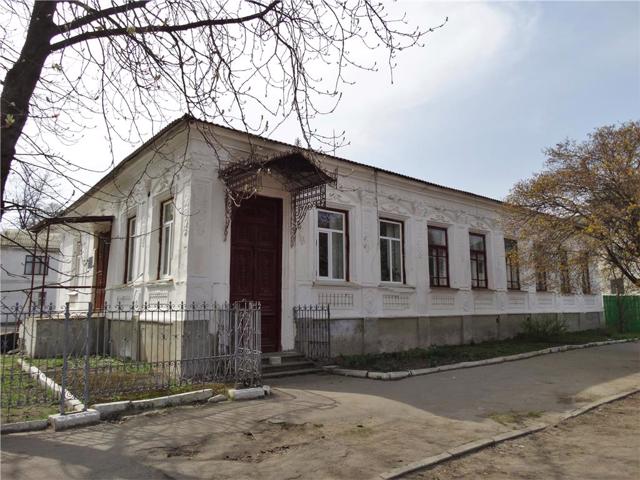
Gorensteyn's House
Architecture
The house of the merchant Gerariy Gorensteyn in Radomyshl was built in 1878. Gorenstein was a merchant of the 1st guild, he owned several industrial enterprises in Radomyshl.
The house is one-story, the facade is decorated with stucco. Carved doors, a figured wrought-iron canopy above the entrance, and wrought-iron fences have been preserved.
Currently, the city polyclinic is located in the former Gorensteyn house with a later addition.
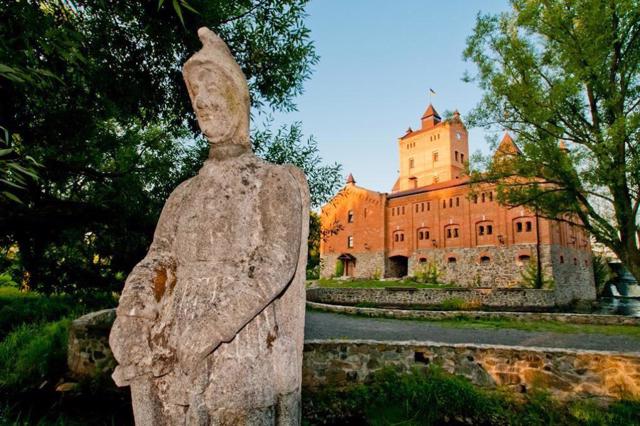
Historical and Cultural Complex "Castle-Museum Radomysl"
Architecture , Museum / gallery
The building of a water mill on the Myka River on the southern outskirts of Radomyshl was built at the end of the 19th century (according to other sources in 1904) on the foundations of a paper factory founded in 1606 by Archimandrite Yelysey Pletenetsky to provide paper for the printing house of the Kyiv-Pechersk Lavra.
The factory was destroyed during the Cossack uprisings. Built on the ruins of a neo-Gothic mill building, it looks like a medieval castle. The building has three wings from 3 to 5 floors, connected by an 8-story tower in the center. A spiral staircase with 158 steps leads to the bell tower.
The mill functioned until the 1960s, then it was abandoned for a long time. In 2011, on the initiative of the Bohomolets-Sheremetyevy family, the historical and cultural complex "Radomysl Castle" was opened in the restored building.
In authentic interiors of the 17th-19th centuries, an exposition of the "Museum of Ukrainian Home Icon" and antiques is exhibited. 5,000 icons of the 17th-21st centuries from all regions of Ukraine from the private collection of Olha Bohomolets are presented, including the works of folk artists who most often gave the images vivid human features and emotions. The pearl of the collection is the icon of Nicholas the Wonderworker carved on stone.
Also in the museum you can see unique old photographs, a collection of old cards in the Dining Hall, a collection of old irons and household utensils, old wooden sculptures, antique chandeliers, paintings and furniture.
In addition, the manual paper-making process has been restored at "Radomysl Castle". The paper factory (paper mill) has all the equipment used by monks in the 17th century, as well as a printing press for applying text to finished sheets. Those who wish can attend a master class and make a sheet of paper with their own hands.
The castle has a 150-seat concert hall, a grand ceremonial hall for celebrations, an ancient refectory with a large castle oven and a 60-liter cauldron on an open fire.
There is a landscape park next to the castle.
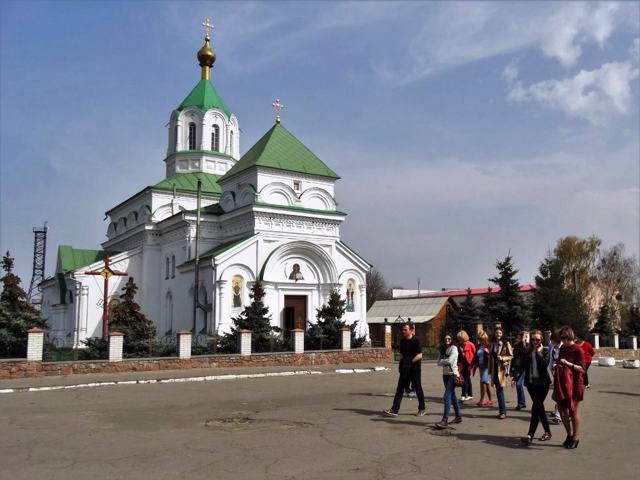
Saint Nicholas Cathedral
Temple , Architecture
Saint Nicholas Cathedral in Radomyshl was founded in 1864.
It was built at the same time as Volodymyr's Cathedral in Kyiv. It was painted by students of the famous artist Viktor Vasnetsov - Pavlo Svedomskyi and Vilhelm Kotarbinskyi, as well as icon painters from Kyiv. It is assumed that the temple is partially painted based on sketches of paintings of the Kyiv Cathedral. It is possible that the Saint Nicholas Church in Radomyshl was used as a kind of creative workshop, in which artistic techniques were practiced, which were later implemented in Kyiv.
During Soviet times, a granary was built in the Saint Nicholas Church, and the bell tower was destroyed.
Currently, the Saint Nicholas Cathedral is active, restoration has been carried out.
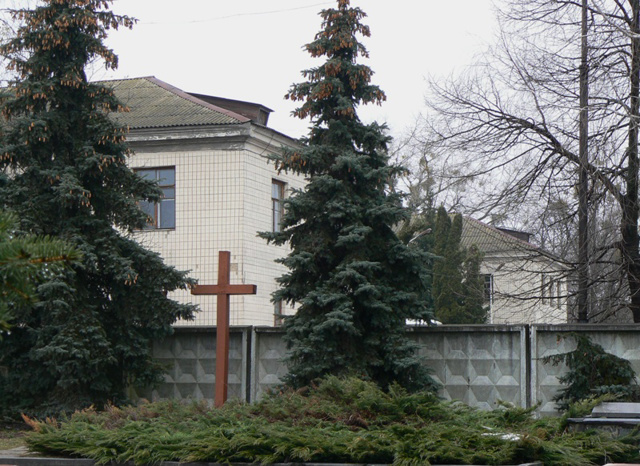
Uniate Consistory
Architecture
The complex of buildings of the Uniate consistory was built in Radomyshl after the metropolitan of the Ukrainian Greek Catholic Church, Atanasiy Sheptytskyi, chose the city as the metropolitan residence and the administrative center of the Kyiv diocese in 1746.
Governing, administrative and judicial bodies were located here, a theological seminary operated, church meetings and synods were held, and hundreds of delegations from all dioceses gathered here. The consistory operated until 1795.
The Metropolitan Chambers have been preserved to this day in a rebuilt form - since Soviet times, it has housed the comprehensive school No. 5. The Radomyshl Tower, built in the 19th century as a water tower, rises in the school yard, which is now considered an informal symbol of the city.
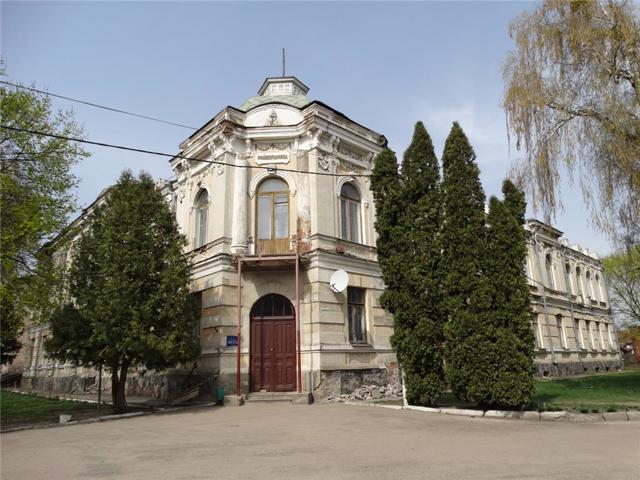
Zemstvo Building
Architecture
The building of the poviat zemstvo in Radomyshl was built in 1911 (according to other data - in 1906). The places of attendance were located here - Zemska administration, Povitova Duma and other authorities.
Architecture in the Art Nouveau style.
Now it is a district hospital.
Reviews Radomyshl
Geographical information about Radomyshl
| {{itemKey}} | {{itemValue}} |
|---|---|
| Region |
Zhytomyr |
